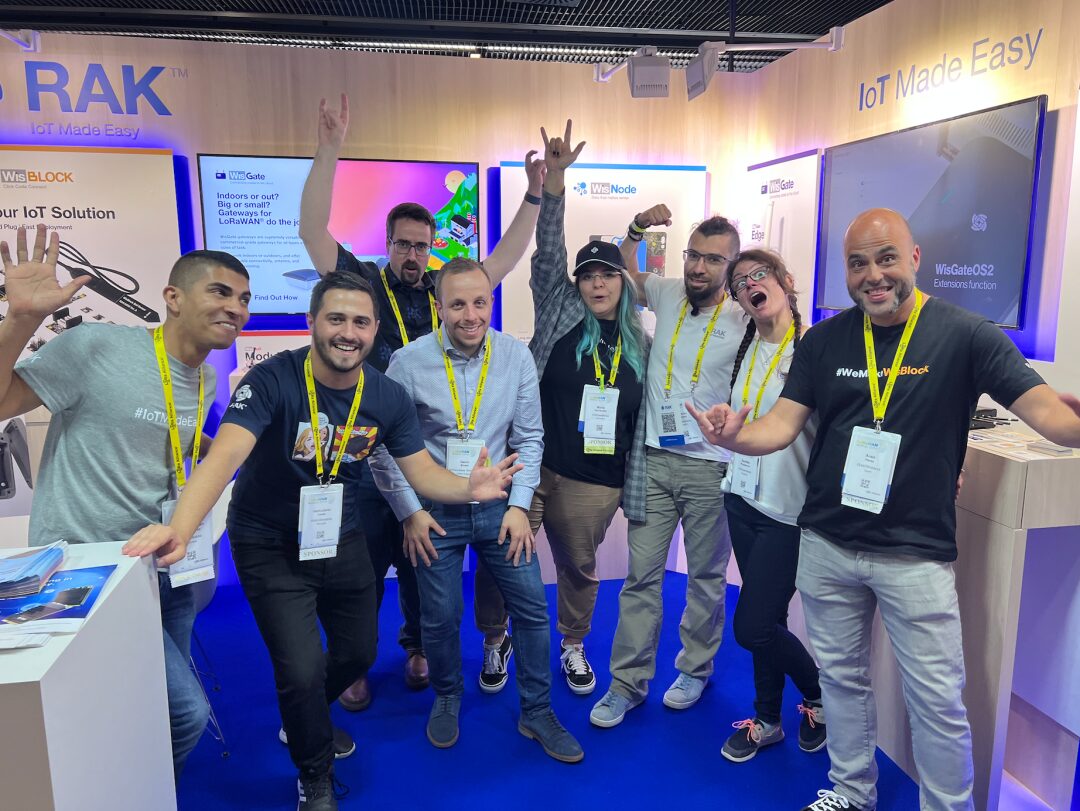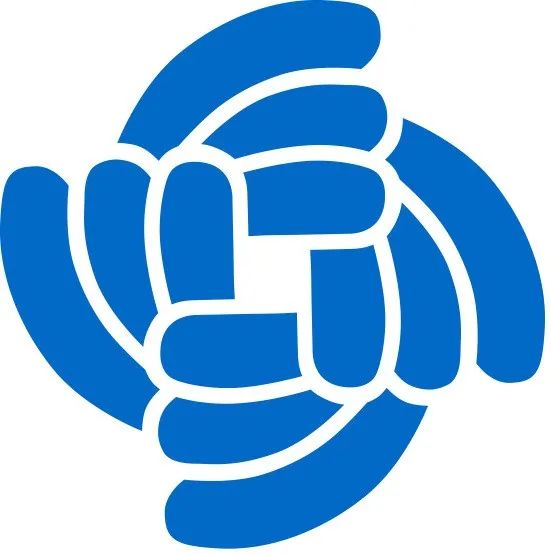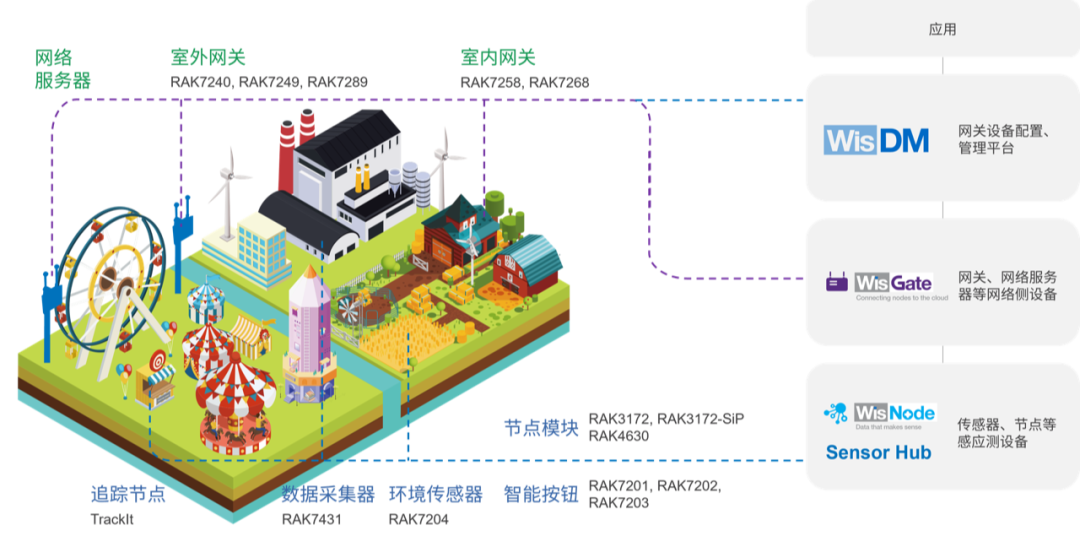Skip to content
The greatest science fiction writers probably never anticipated the invention of the internet. If the internet changed modern people, the rapidly developing Internet of Things (IoT) industry has even more to offer for the future. Whether it’s smart cities, smart homes, smart factories, or industries like construction, logistics, and public services, more and more “things” are connecting in various ways, making every object around us as “smart” as the smartphone in our hands.
Among various connection methods, the wireless transmission technology LoRa® and the LoRaWAN® protocol are receiving increasing attention worldwide, becoming a mainstream choice in the Low Power Wide Area Network (LPWAN) field. Since being officially recognized as a standard by the International Telecommunication Union’s Telecommunication Standardization Sector (ITU-T) last year, the development of LoRa® has become even stronger. Currently, over 2.2 million gateways and 280 million end nodes are deployed globally, with LoRaWAN® networks spanning the globe.
Recently, the LoRaWAN® World Expo, hosted by the LoRa® Alliance, was held in France, the birthplace of LoRa®. More than 2,000 participants from 176 countries and regions attended this grand industry event. Attendees included IoT industry leaders, device manufacturers, system integrators, distributors, developers, solution providers, educational institutions, and IoT alliances. Everyone gathered in Paris to jointly promote the Internet of Things.
LoRa® is characterized by its ease of deployment and autonomous operation, making it suitable for use cases that require high demands on device autonomy and speed, as well as continuous and deep coverage, such as parks, factories, mines, farms, logistics distribution centers, entertainment and commercial complexes, and residential areas.
For example, in a high-throughput port, to ensure the orderly loading and unloading of containers, real-time monitoring of each container is necessary. To achieve this, several challenges must be overcome:
-
The signal coverage range must be large, covering the port and bay areas.
-
Monitoring data must be accurate and reliable, ensuring that data for each container is accurately collected.
-
The monitoring equipment must have low power consumption and be able to operate without AC power, using only battery power.
-
Maintenance costs must be low, even zero maintenance, to be applicable to a large number of containers.
If a LoRa®-based solution is used, these problems can be effectively resolved.
First, LoRa® does not require reliance on large base stations for data transmission; it can form a network simply by flexibly deploying gateways, with transmission distances reaching several kilometers, fully meeting the coverage needs of ports and bay areas.
Secondly, LoRa® features excellent spread spectrum modulation and forward error correction technology, capable of extracting data even from noise. Additionally, it has a sensitivity that is 8-10 dB higher than GFSK, FSK, and other modulation methods.
Furthermore, LoRa® has pioneered the solution to the challenge of maintaining low power consumption in wireless modules during long-distance transmission. The batteries of LoRa® terminals can last 5-10 years, making it an ideal technology for low-rate, low-power transmission.
If you are in China, you may not be very familiar with LoRa®, but in some vertical industry markets, such as farms, offices, and fire safety equipment, many companies have begun to explore using LoRa® to develop IoT solutions. Meanwhile, overseas, applications of LoRa® are emerging one after another, and the industry ecosystem surrounding LoRa® is becoming increasingly rich and complete.
RAK, as an exhibiting company, has personally experienced the prosperity of the overseas LoRa® ecosystem. “A large community and social media are further promoting the development of LPWAN.” said Jose Marcelino, a system architect at RAK.
Although the LPWAN community is not large, it is very active. Take LoRa® as an example; although it is a relatively new advanced technology, its open-source nature has attracted many companies and individuals to join in its application development. This is not limited to developed countries but also includes more developing countries, such as Colombia, Bulgaria, Russia, Brazil, and so on.
As a startup founded in Shenzhen in 2014, RAK has always placed great importance on serving the IoT community.Since entering the LoRa field, RAK has formed an international team to serve developers, partners, and customers from various countries. Currently, RAK has over 200 employees distributed across 10 countries and regions worldwide. This has enabled RAK to respond calmly to the recurring COVID-19 pandemic, sending overseas colleagues to participate in the LoRa conference held in Paris, France.
As the latest initiative to serve the electronic engineering community, RAK has partnered with globally renowned open-source hardware provider Arduino to provide product and technical support for the enterprise-level IoT product Arduino Pro, and launched two enterprise-grade gateways, WisGate Edge Lite 2 and WisGate Edge Pro, at the LoRaWAN® World Expo. This aims to meet the needs of a large number of new generation engineers entering the workforce, providing them with products developed on Arduino’s open-source software and hardware and cloud services, creating a more complete IoT ecosystem for enterprise users, offering easy-to-use IoT solutions, and accelerating the global Internet of Everything process.
 As RAK’s star product, the WisGate Edge gateway series includes gateways that support LoRaWAN® protocol for both indoor and outdoor use. Its hardware is standardized to meet the IoT market’s demands for small batch, diversity, high frequency, and short delivery times in network deployment. Through a flexible supply chain system, users can modularly choose products that fit their functional and cost needs according to their requirements.
RAK’s innovative APP Marketplace business model in the IoT field turns every personalized application into an independent third-party plugin, allowing enterprise users and independent developers to customize exclusive functions through standard APIs, greatly enhancing software development efficiency.
In addition to standardized network-side products, RAK’s product line also covers end-side modules and node products, the modular hardware development platform WisBlock, and a series of supporting software products, including the low-code development platform RUI for IoT edge devices and the standardized management platform WisDM. These products effectively reduce customers’ development thresholds, solution implementation costs, and procurement cycles, allowing users to focus more on their application layers and business implementations, thereby improving overall business efficiency.
More and more private network operators, system integrators, hardware and software solution providers, and product manufacturers are choosing to use RAK’s products and services to enhance their IoT solutions.
BeMotorized, a company based in California, USA, specializes in providing smart shading systems for office spaces. They adopted RAK’s end-side node product WisNode Button to help them meet the demands for low latency and low power consumption on the end side.
From Chile, b-konnet chose RAK’s gateways and tracking nodes to build an IoT network and sensing terminals for asset tracking systems, helping ports achieve automatic monitoring of assets.
uRADMonitor, a company from Romania, has built the world’s first environmental radiation detection network, also using RAK’s gateways, node modules, and gateway modules to create their IoT network. The standardized design of RAK products enables users to easily and quickly develop IoT end-side products from prototype to commercial use.
As RAK’s star product, the WisGate Edge gateway series includes gateways that support LoRaWAN® protocol for both indoor and outdoor use. Its hardware is standardized to meet the IoT market’s demands for small batch, diversity, high frequency, and short delivery times in network deployment. Through a flexible supply chain system, users can modularly choose products that fit their functional and cost needs according to their requirements.
RAK’s innovative APP Marketplace business model in the IoT field turns every personalized application into an independent third-party plugin, allowing enterprise users and independent developers to customize exclusive functions through standard APIs, greatly enhancing software development efficiency.
In addition to standardized network-side products, RAK’s product line also covers end-side modules and node products, the modular hardware development platform WisBlock, and a series of supporting software products, including the low-code development platform RUI for IoT edge devices and the standardized management platform WisDM. These products effectively reduce customers’ development thresholds, solution implementation costs, and procurement cycles, allowing users to focus more on their application layers and business implementations, thereby improving overall business efficiency.
More and more private network operators, system integrators, hardware and software solution providers, and product manufacturers are choosing to use RAK’s products and services to enhance their IoT solutions.
BeMotorized, a company based in California, USA, specializes in providing smart shading systems for office spaces. They adopted RAK’s end-side node product WisNode Button to help them meet the demands for low latency and low power consumption on the end side.
From Chile, b-konnet chose RAK’s gateways and tracking nodes to build an IoT network and sensing terminals for asset tracking systems, helping ports achieve automatic monitoring of assets.
uRADMonitor, a company from Romania, has built the world’s first environmental radiation detection network, also using RAK’s gateways, node modules, and gateway modules to create their IoT network. The standardized design of RAK products enables users to easily and quickly develop IoT end-side products from prototype to commercial use.



